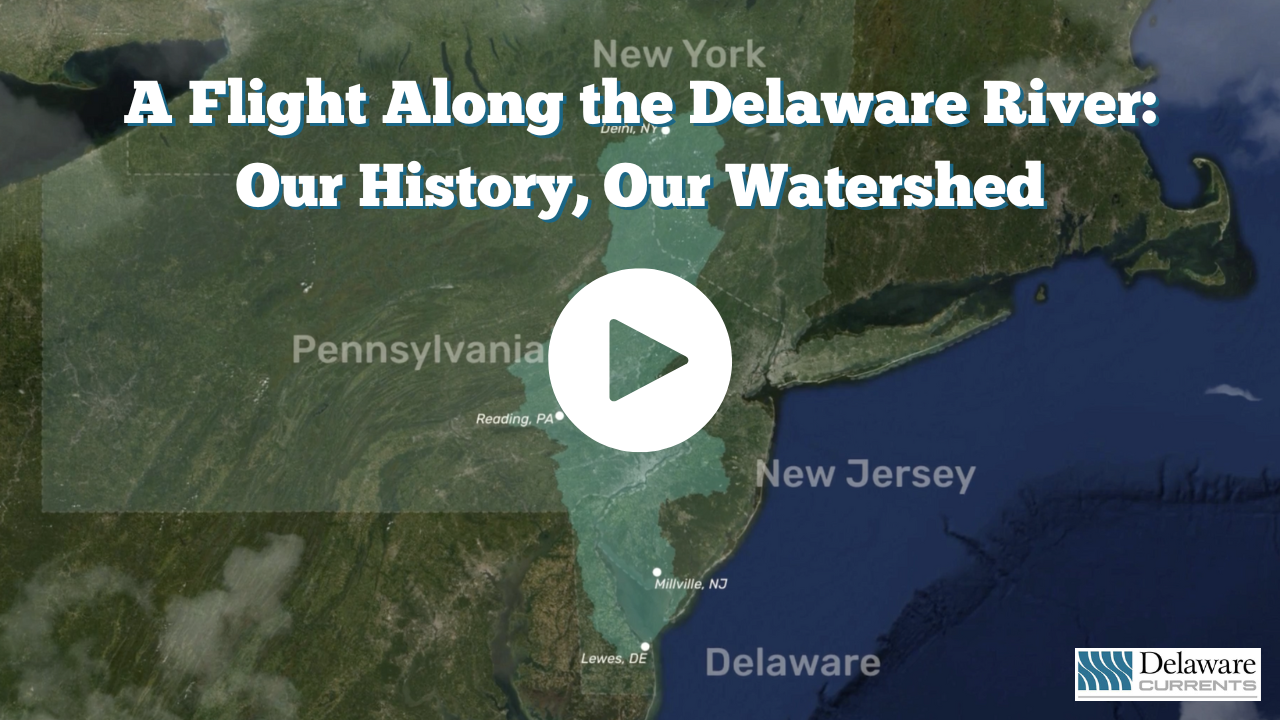
Racing to save Stone Harbor’s Scotch Bonnet Island before it’s swallowed by rising seas
| June 8, 2025
The Philadelphia Inquirer
Lenore Tedesco doesn’t need to venture far to witness sea-level rise. She tracks its relentless advance from her window at work.
Tedesco, executive director of the Wetlands Institute in Stone Harbor, stood by the nonprofit’s large conference room window in late May, surveying an expanse of salt marsh known as Scotch Bonnet Island. It was a idyllic Jersey Shore scene: osprey hovering over thousands of acres of spartina grass rippling in the breeze.
But over the years, her view has transformed into something more unsettling. Once-solid marshland has been fractured by new channels of encroaching water.
“These open water areas used to be marsh,” Tedesco said, gesturing out toward the grass. “It’s marsh that converted to mudflats and open water. All this open water you see was once grassy.”
It’s similar to what is happening one hour north by car in Atlantic County, at the Rutgers University Marine Field Station in Tuckerton, where the surrounding wetlands are also disappearing as flooding becomes more common.
Scientists say that saving marshland is imperative because it provides food, refuge, and habitat for three-quarters of shore birds; filters water and removes contaminants; and protects communities from storm surge.
Read the full article at The Philadelphia Inquirer.







